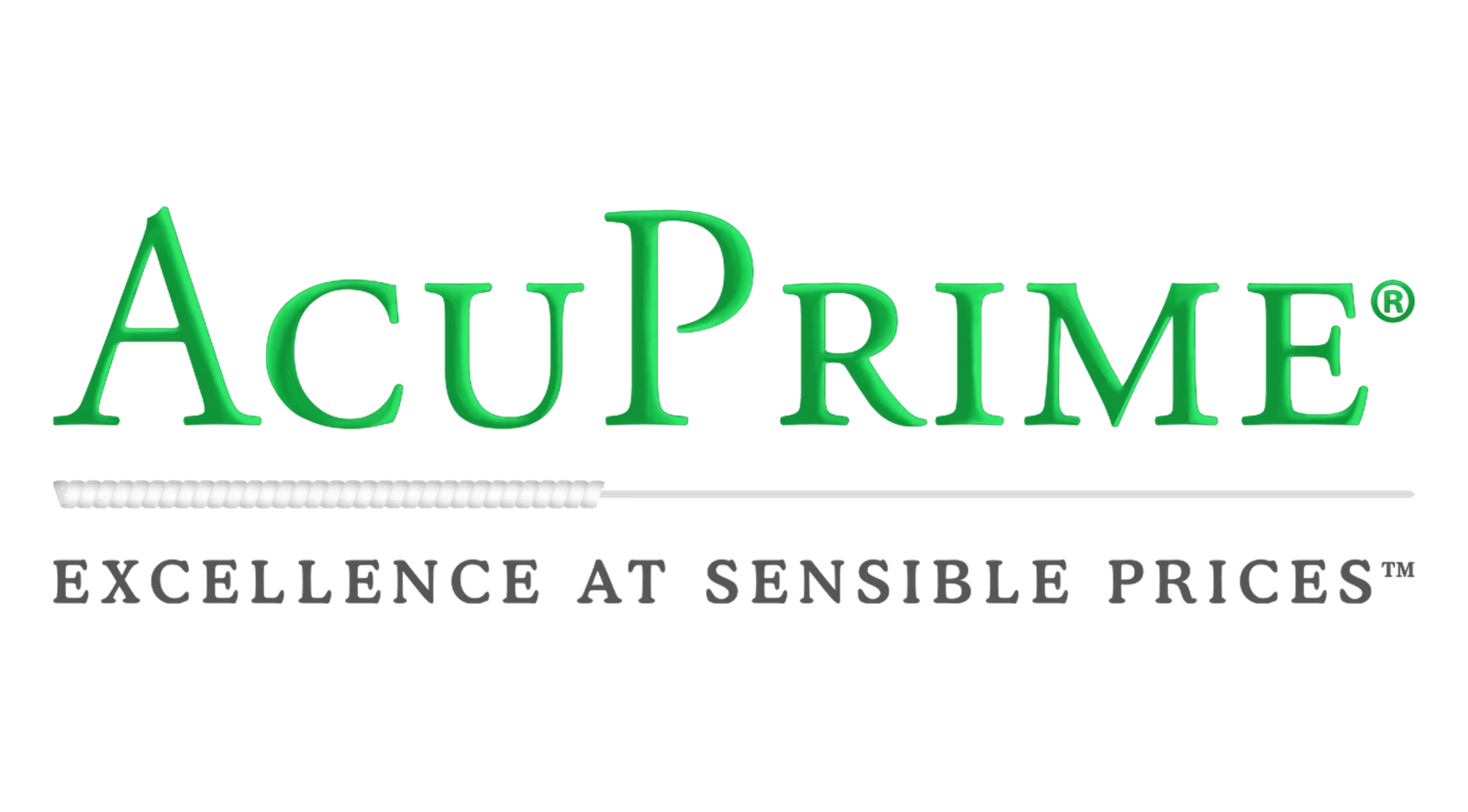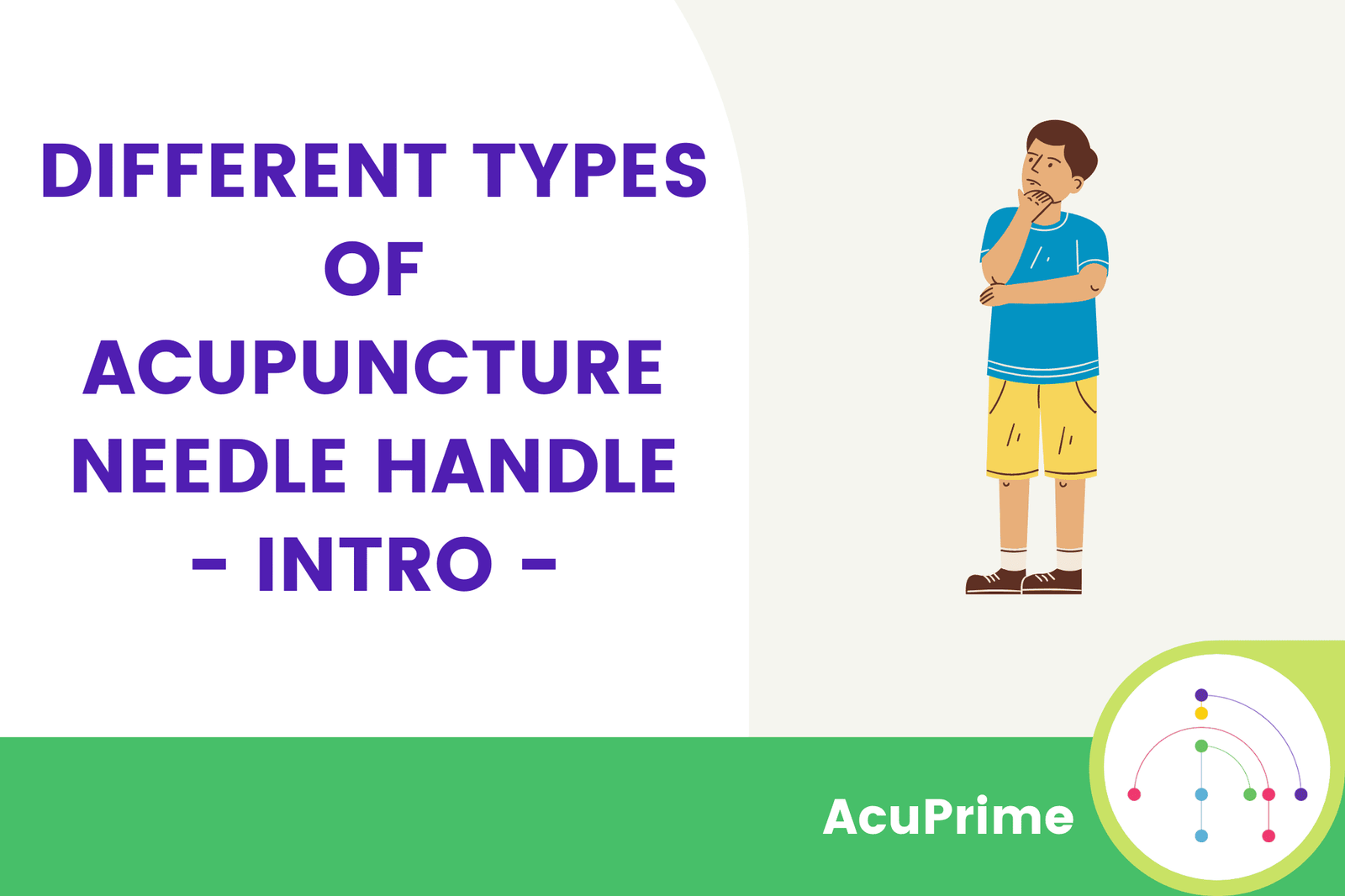One of the ancient forms of complementary and alternative medicine (CAM), cupping therapy involves the use of cups to create a vacuum. The suction in cupping therapy aims to improve blood flow as well as reduce pain and inflammation. The vacuum created by the suction stimulates the deep tissues of the involved area to provide a soothing effect. Depending on the purpose and area where the cupping therapy is carried out, the cups may be made of silicone, glass, earthenware or bamboo. Various forms of cupping therapy are employed to treat different disorders and skin conditions. Cupping therapy can also be used in conjunction with other CAM techniques such as acupuncture to provide maximum benefits.
Benefits of Cupping Therapy
Among the countless benefits offered by cupping therapy, here are a few of the most common ones it’s thought to provide:
- Pain relief in in muscles
- Relief from chronic fatigue syndrome
- Improving blood flow and general circulation
- Creates relaxation and can be used as a stress-reliever
- Cupping therapy promotes healing by improving blood flow in the suction area.
Types of Cupping Therapy
-
Wet Cupping
The therapist places a cup for 2-3 minutes to create mild suction. The cup is removed and the therapist uses a scalpel to make tiny cuts for withdrawing blood during the second suction. This is a traditional style and doesn’t tend to be used in Western practices due to the unnecessary infection risk.
-
Dry Cupping
In contrast to wet cupping, dry cupping does not involve the withdrawal of blood. In dry cupping, the therapist lights a match in the cup and lets the fire go out. The cup is then applied to the skin and creates a vacuum as the air inside cools down. Another alternate method to create a vacuum is to use a manual rubber pump. Similar to other methods, dry cupping causes the involved area of skin to swell and become red as the underlying vessels rise under the force of suction.
-
Magnetic Cupping
This traditional technique of cupping employs the magnetic fields of mild magnets to complement the suction force generated by the cups. The magnetic cups are applied on the skin following meridian lines which is thought to enhance the flow of energy (qi) and discharge negative or disrupted energy from your body. Meridian lines refer to the channels along which the energy flows in Traditional Chinese Medicine.
Classification of Cups and Their Uses
The cups for cupping therapy are available in the following shapes in different regions around the world:
- Bell-shaped or round glass cups are traditionally found in Japan and Europe.
- Buffalo-horn-shaped cups are common in North America.
- Therapists in North America also use shell-shaped cups.
The size of the cups used for cupping therapy depends on the area of skin involved. The cupping size should be large enough to apply sufficient suction force. However, cups that are too large hinder the cupping process and do not yield the desired results. As a therapist, you should choose the cupping size based on the area under consideration and the build of the patient. Stationary cupping employs larger cups as compared to cupping massage which uses smaller cups to ease the movement of cups along the skin.
- Smaller cups ranging from 0.60 – 1.50 inches in diameter are used for facial cupping therapy
- Small cups with a diameter of 1.18 inches are generally used on wrists
- Medium size cups of 1.54 inches diameter can be used on the biceps, calves and shoulders
- Larger cups with an average of 1.96 inches diameter are applied on thighs and back
In Sum
The use of this ancient form of alternative medicine in the modern world shows the myriad benefits thought to be associated with cupping therapy. While numerous forms of cupping therapy have evolved over time, dry cupping is one of the most well-known and commonly practiced techniques. It involves only one step and may be used in conjunction with other CAM techniques such as acupuncture, moxibustion and bio-magnetism to provide maximum benefits. We stock a wide range of cupping sizes as well as cups of different shapes and materials. Want to browse our range? Head to our cupping pages.








